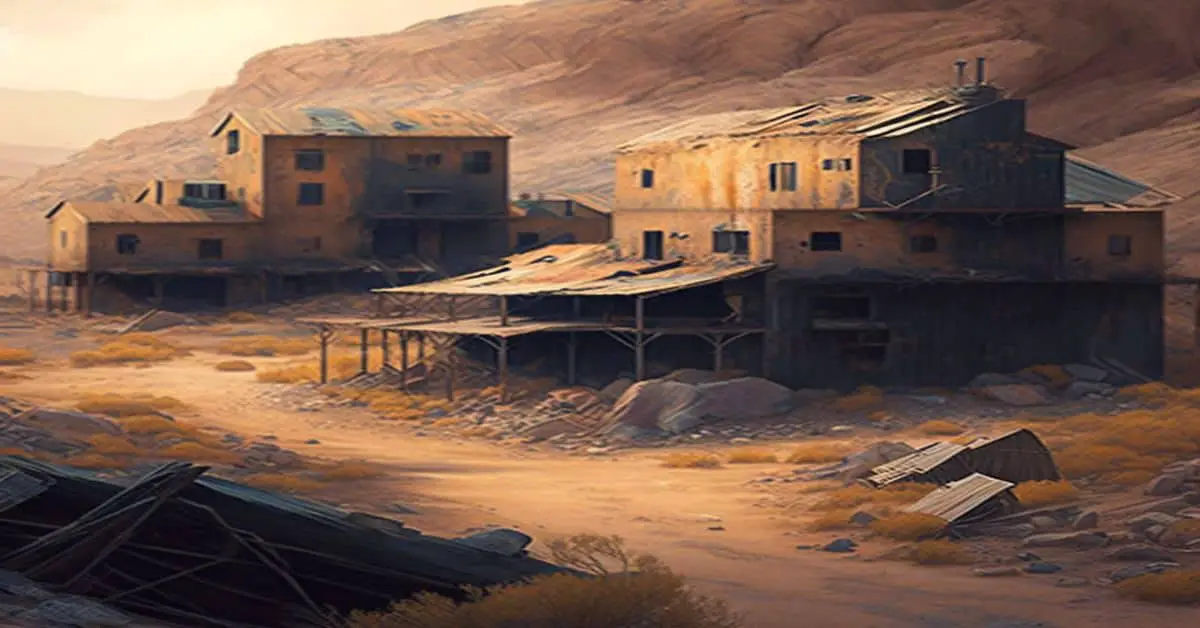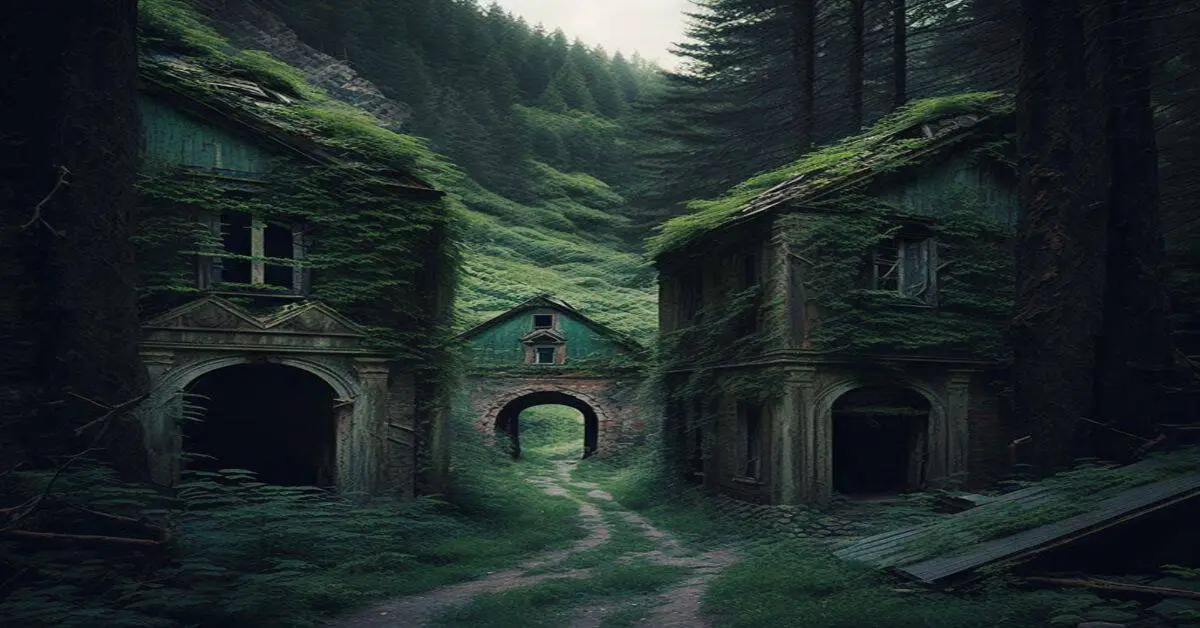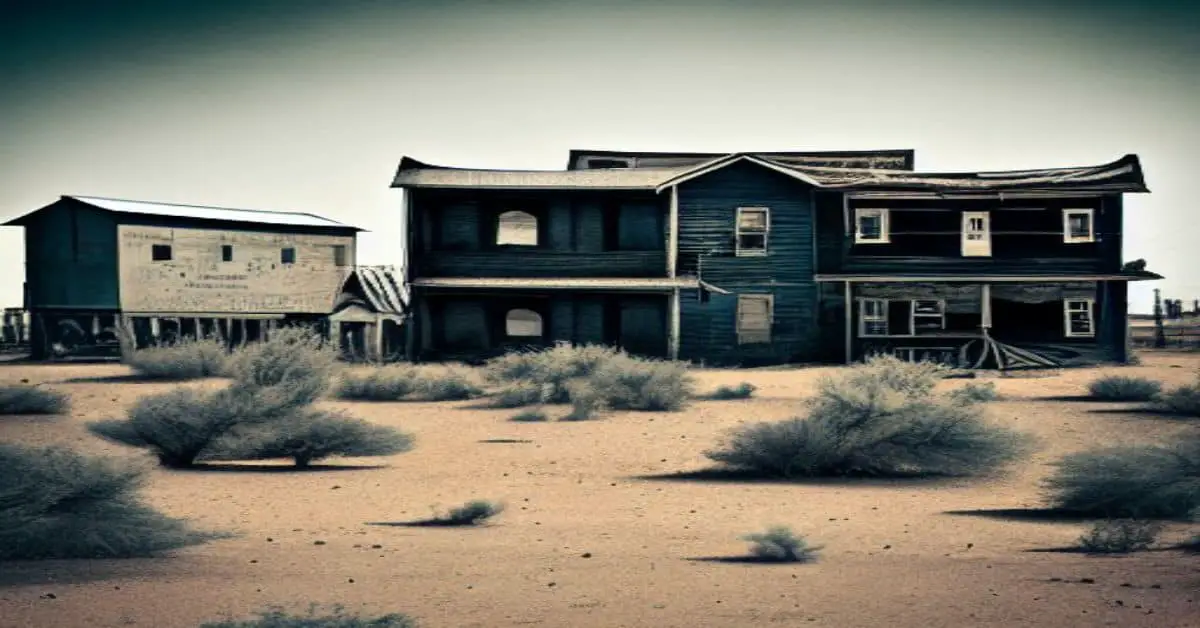The town of Crystal, located in Colorado, is well-known for its rich mining history, dating back to the 1860s. The town experienced a boom in the 1880s, with six mines producing valuable minerals such as silver, lead, and zinc.
Despite the eventual decline of the mining industry, the area still attracts visitors who are interested in exploring the remnants of the town’s past and engaging in outdoor activities.
Crystal’s importance as a mining town is undeniable. Its location in the Rocky Mountains made it an ideal location for mining, and the town quickly became a hub for mining activity in the area. The town boasted a variety of businesses and social institutions, including a hotel, post office, two newspapers, general stores, and even a social club.
However, as the mines eventually played out and the industry declined, the town’s population dwindled and its businesses closed. Despite this, the town’s rich history and scenic location continue to draw visitors eager to explore the remnants of its past and learn about the mining industry that once thrived there.
Key Takeaways
- Crystal, CO has a rich mining history dating back to the 1860s, with a boom in the 1880s and various businesses and social institutions.
- The decline of Crystal, CO occurred in the early 1900s due to a drop in demand for silver, lead, and zinc, harsh winters, and economic factors.
- Crystal, CO is now popular for outdoor activities and known as a ghost town and sportsman’s paradise, with historic mining remnants and buildings scattered throughout the area.
- The remnants of the mining industry are still visible in the form of abandoned buildings, mine shafts, and tailings piles, and the area continues to attract visitors interested in mining history and the scenic location.
Location and Mining History
Crystal, Colorado, known as a ghost town today, has a rich mining history dating back to the 1860s, with mining activity growing in the 1880s. The area contained half a dozen mines that produced silver, lead, and zinc, and the exploration techniques used during that time were rudimentary.
Mines in the area were developed using hand drilling and black powder, with miners using picks and shovels to extract the ore from the earth. Despite the challenges, the area’s mining industry flourished, with some of the most prominent mines being the Crystal River Mill, the Sheep Mountain Tunnel, and the Leonard Mine.
The development of the hydroelectric plant in Marble in 1897 was a significant milestone in the area’s mining history. The plant provided electricity for mining operations and other activities in the area, and its construction contributed to the development of the Crystal River Valley.
By the early 1900s, the mining industry in Crystal had reached its peak, with the town’s population averaging around 500 people. However, the mines eventually played out, and the town declined. Today, remnants of the mining industry can still be seen in the form of abandoned buildings, mine shafts, and tailings piles.
Town Information and Decline
During the town’s peak, Crystal had a population of around 500 and boasted amenities such as a hotel, post office, two newspapers, general stores, and a pool hall, among others, but the mines eventually played out, leading to the town’s decline.
Due to the sharp drop in demand for silver, lead, and zinc, the mining industry in Crystal began to suffer in the early 1900s. The economic factors, coupled with the harsh winters, made it difficult for businesses to sustain themselves, and many residents began to leave the area in search of better opportunities elsewhere.
Despite the population decline, the town never became completely deserted. A few hardy souls remained in Crystal, and its reputation as a ghost town began to attract visitors interested in its rich mining history.
Today, the area is still popular for outdoor activities and attracts a steady stream of tourists who come to explore the old mines and the remnants of the town’s once-bustling commercial district. The Crystal River Current and The Silver Lance, the two newspapers that were once published in the town, may be long gone, but the legacy of Crystal’s mining heyday lives on.
Outdoor Activities and Current Status
The area surrounding Crystal, Colorado continues to attract visitors today, with its reputation as a sportsman’s paradise and its popularity for outdoor activities.
Hiking trails can be found in the nearby Maroon Bells-Snowmass Wilderness, where visitors can enjoy the scenery and wildlife.
The Crystal River also offers opportunities for fishing and kayaking.
Wildlife viewing is a popular activity in the area, with sightings of moose, elk, and bighorn sheep.
Visitors can also explore the historic mining remnants and buildings that are scattered throughout the area.
Although Crystal is now a ghost town, its rich mining history can still be seen and experienced in the surrounding landscape.
Frequently Asked Questions
How did Crystal get its name?
The origin of Crystal’s name remains a mystery. Some speculate it was named after the clear waters of the Crystal River, while others suggest it came from the quartz crystals found in the mines. Regardless, the name has historical significance in the town’s mining industry.
What was the daily life like for residents of Crystal during the town’s heyday?
During its peak, Crystal had a population of 500 and offered amenities such as a hotel, post office, general stores, and a social club. Daily routines likely involved work in one of the half dozen mines, while community events may have included gatherings at the Crystal Club.
Are there any notable ghost stories or legends associated with Crystal?
Notable ghost stories or legends associated with Crystal are scarce, but some residents have reported paranormal encounters and local folklore suggests the town is haunted. However, these claims lack substantial evidence and remain unverified.
What efforts have been made to preserve the remaining structures and artifacts in Crystal?
Preservation efforts have been made to maintain the remaining structures and artifacts in Crystal, CO. The Crystal River Valley Foundation has undertaken restoration projects, including the preservation of the historic Crystal Mill and the Crystal City Schoolhouse.
Have any famous individuals visited or stayed in Crystal during its history?
Symbolically, Crystal’s mining past drew notable visitors like President Taft and suffragist Susan B. Anthony. The town hosted political rallies and even a glider competition. These events showcase Crystal’s significance beyond its ghost town status.


